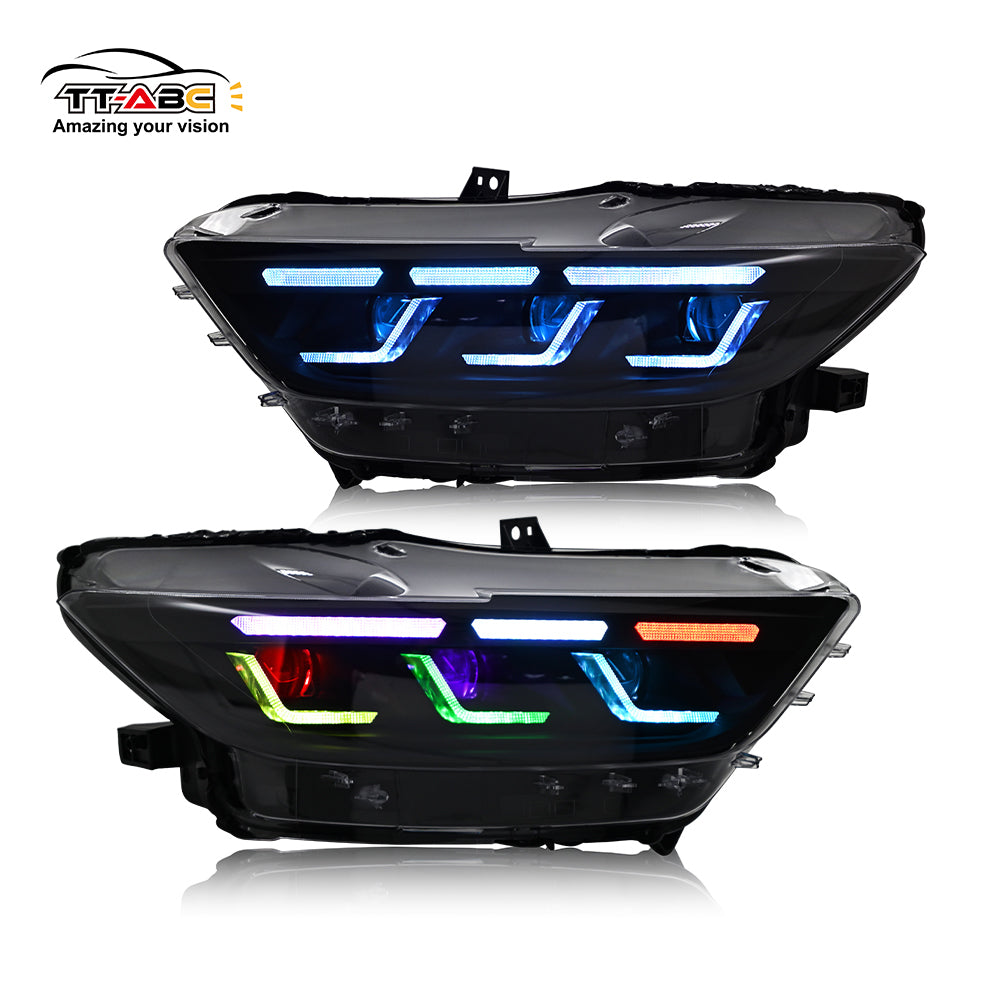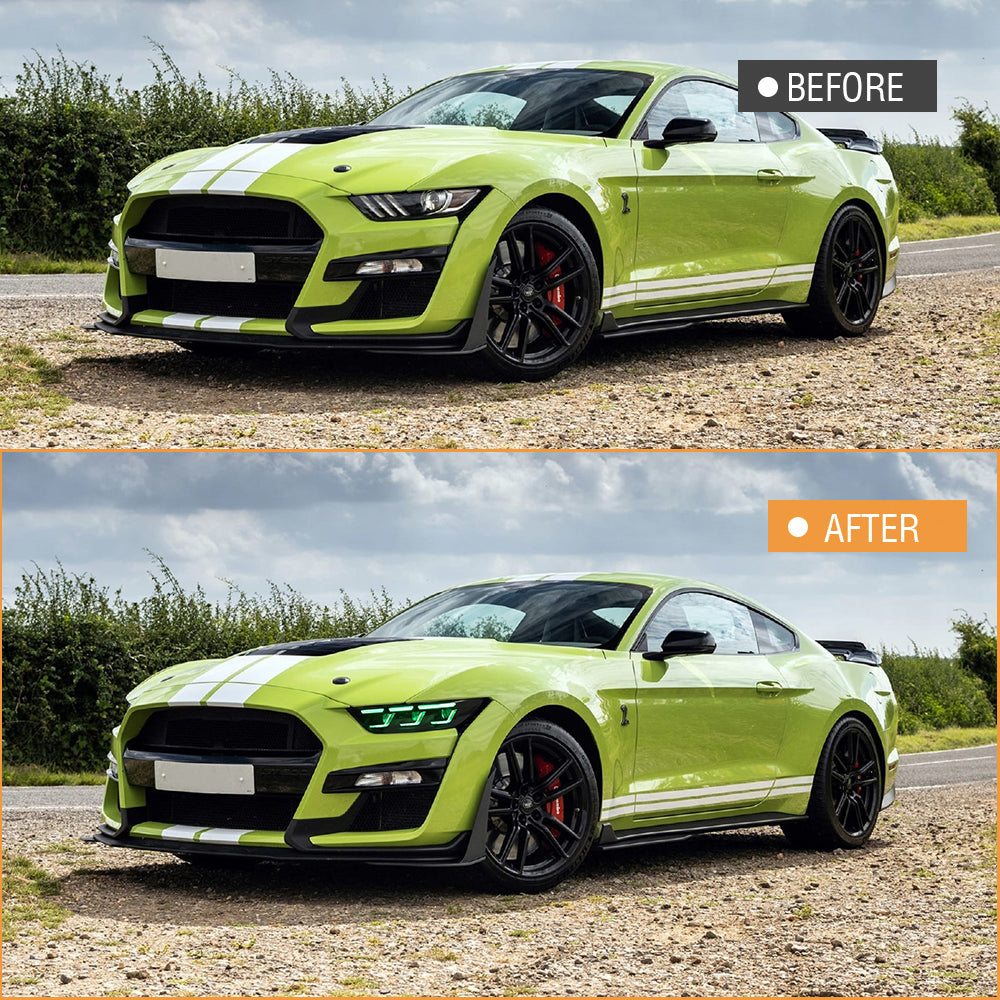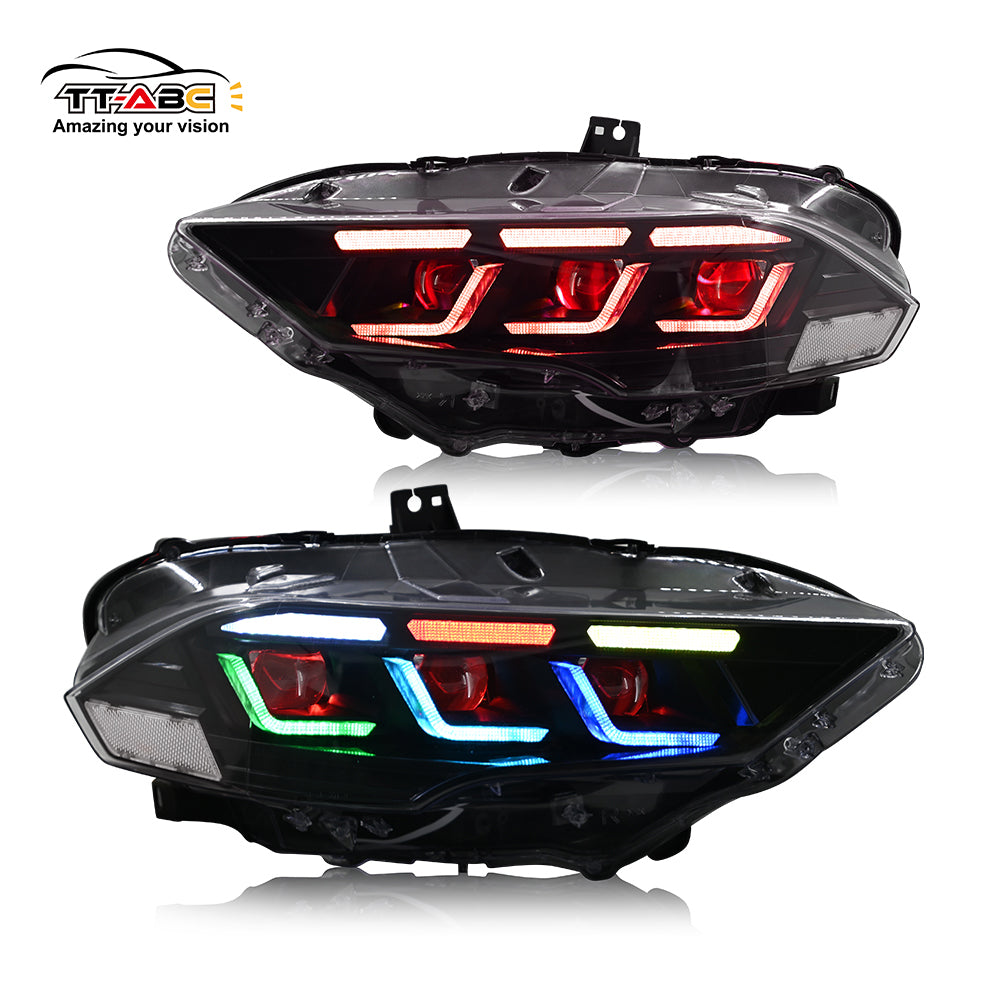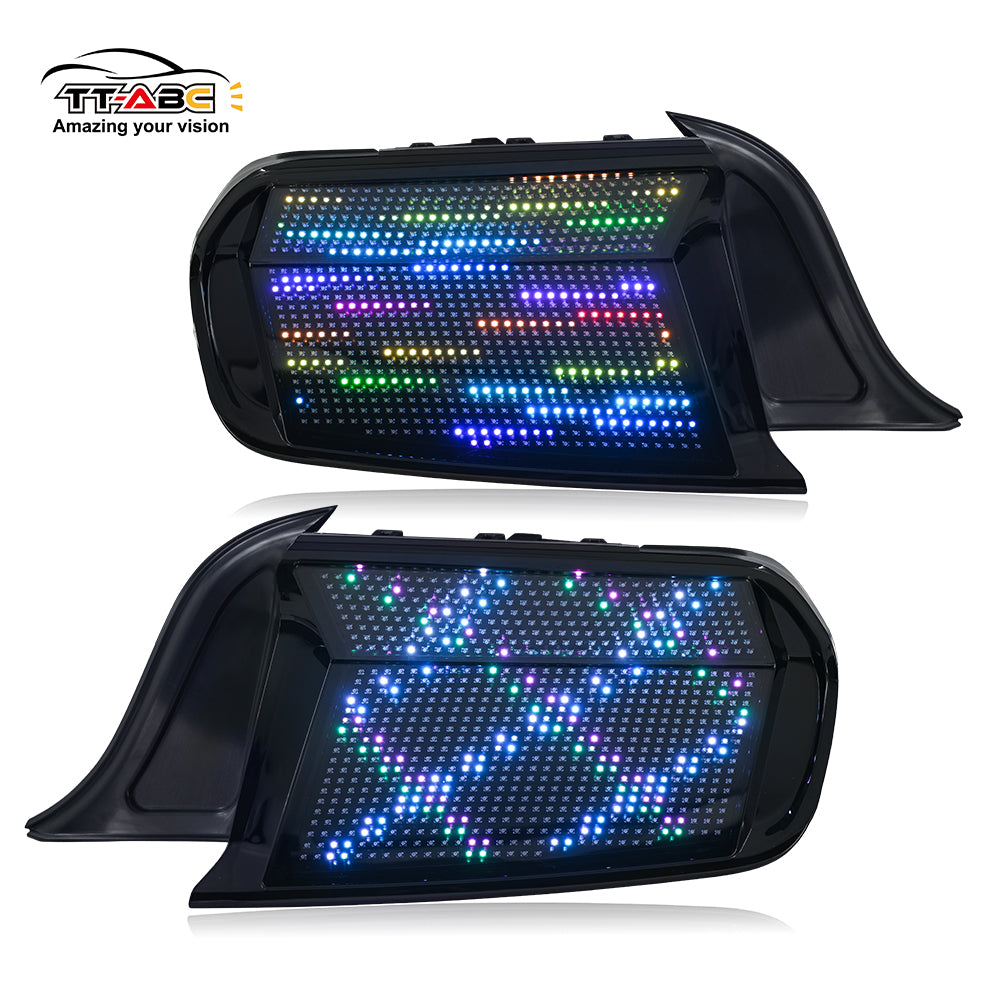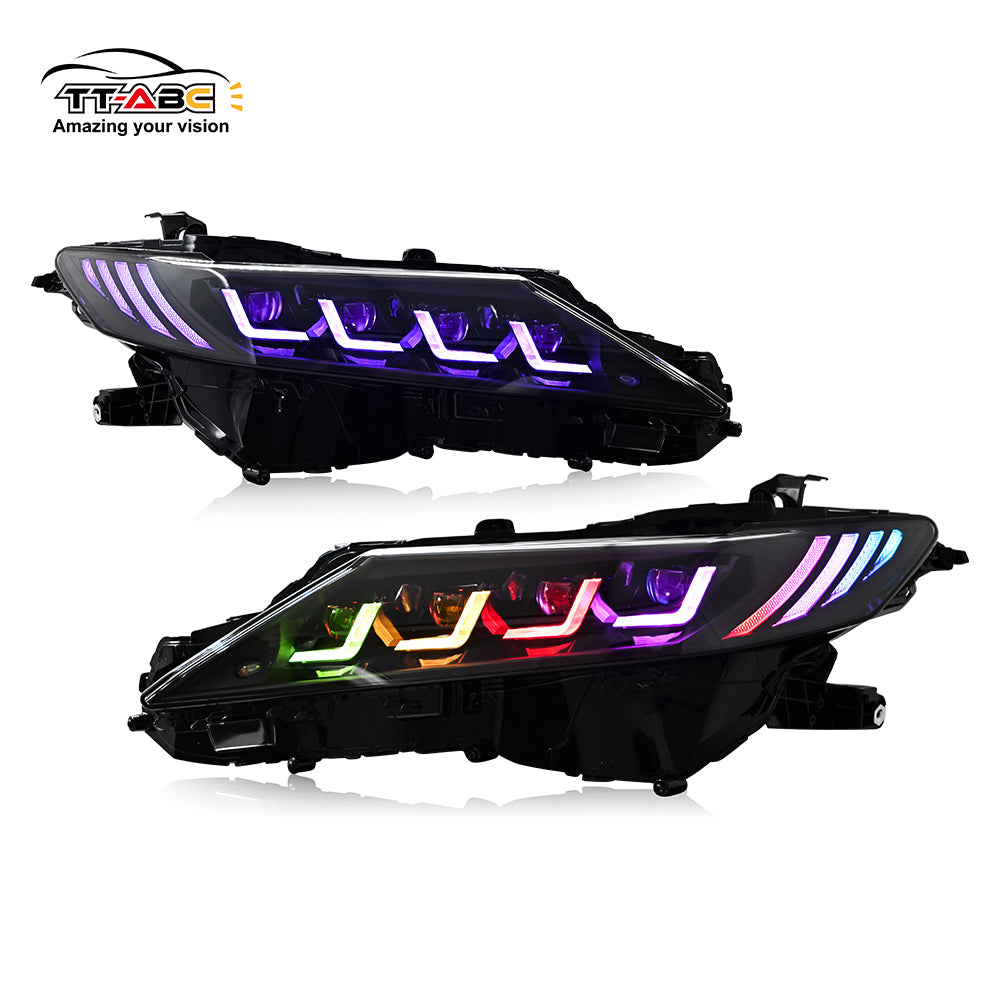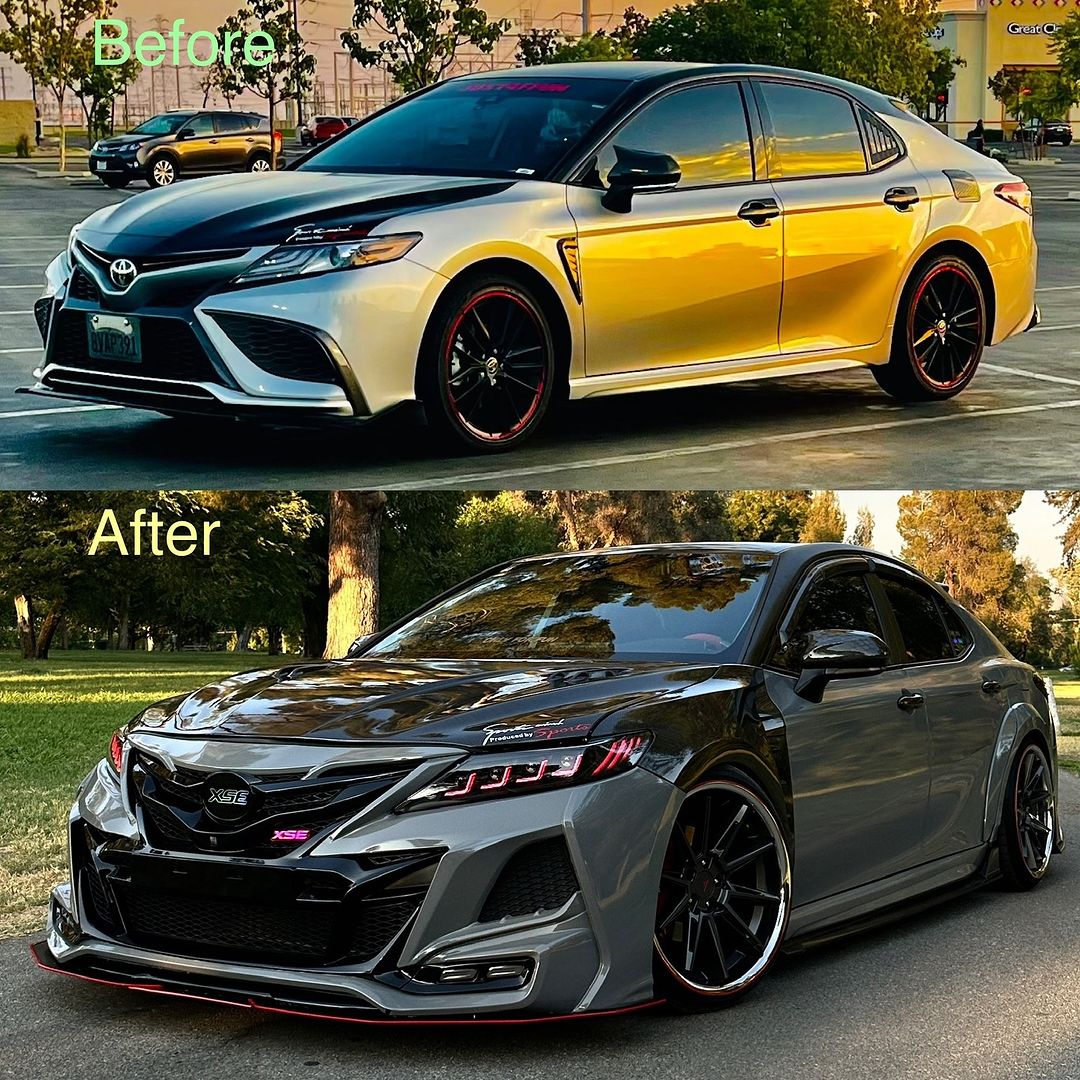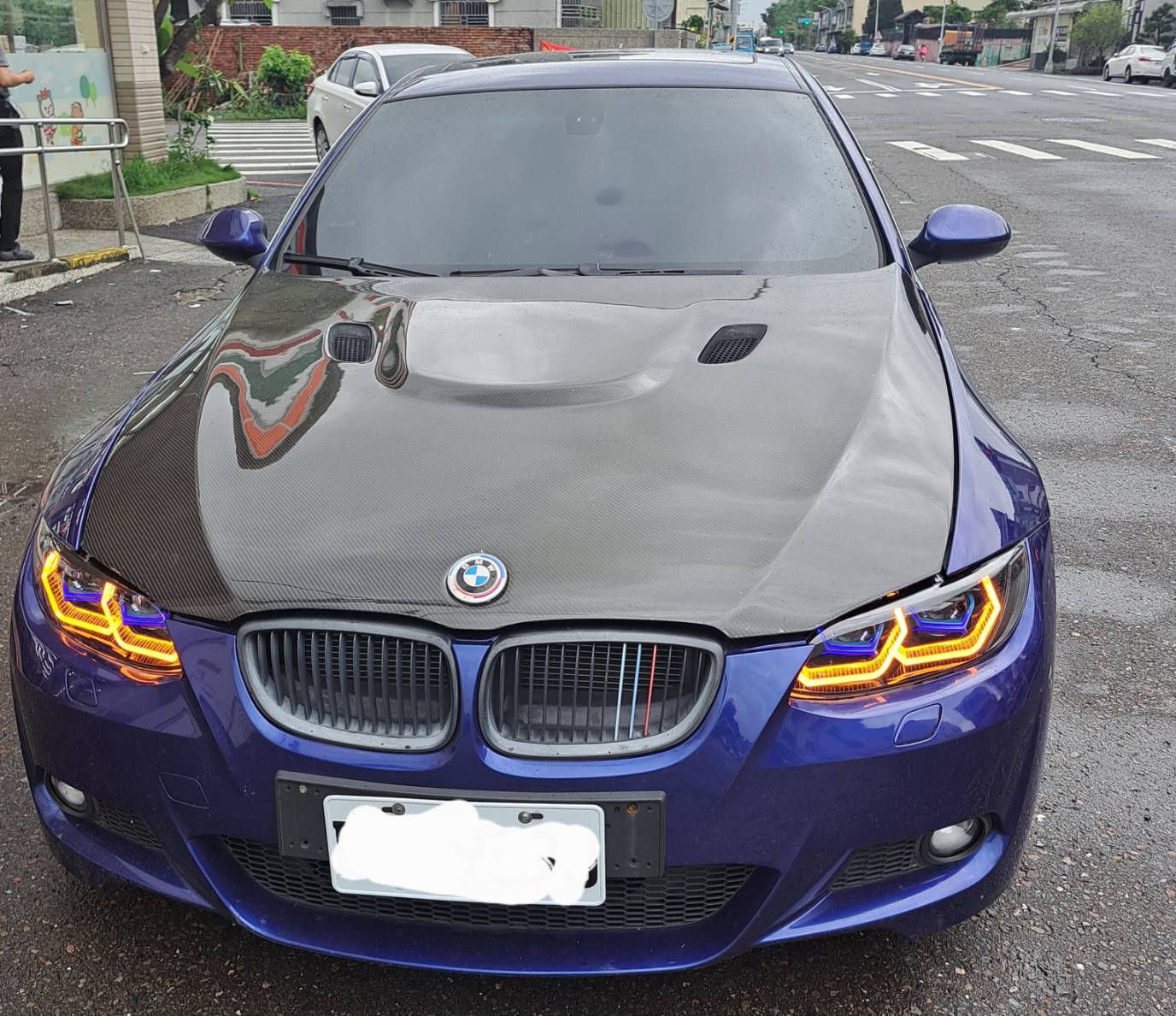When a novice car owner discovers smoke coming from the exhaust pipe, he clearly knows that the car is malfunctioning, but he is still busy and at a loss. In fact, if you encounter such a situation, as long as you can judge the car fault from the color of the exhaust smoke, you no longer need to panic.
1. Blue smoke
Performance: The explosive power of the vehicle decreases, the acceleration feels weak, the noise becomes louder, blue smoke is emitted from the exhaust pipe, there is a burnt smell produced by burning oil, and the consumption of oil increases.
Reason: Blue smoke is mostly caused by internal engine failure, causing oil to escape into the combustion chamber and burn.
Solution: Frequently check the sealing of the cylinder, piston and other components; add an appropriate amount of engine oil, and check the oil usage regularly. If the oil consumption is abnormal, go to the repair shop for repair in time.
2. Black smoke
Performance: The car's engine vibrates heavily, the exhaust pipe makes abnormal sounds, and black smoke is emitted at the same time, and it feels weak when accelerating.
Reason: This situation mostly occurs on carbureted cars. Too much fuel enters the cylinder and is discharged out of the car before it can be burned, causing the car to emit black smoke.
Solution: Frequently check the aging degree of the carburetor and other parts, and perform regular maintenance and adjustments; for EFI vehicles, the cylinder line should be checked every 30,000 kilometers, and the spark plug should be checked every 10,000 kilometers. If there is any problem, replace it in time.
3. White smoke
Performance: The engine is not running smoothly, and a large amount of water vapor still emerges when the engine warms up to the normal operating water temperature, and a large amount of white water vapor emerges.
Reason: The cylinder gasket of the engine cylinder is worn, creating a certain gap, causing a large amount of water in the cooling system to enter the combustion chamber. Water cannot burn and generates water vapor when heated, which is directly discharged from the exhaust pipe.
Solution: Check the engine block and cylinder gasket for damage, and check whether there is water in the fuel tank; check the car manual and add gasoline with the correct label in strict accordance with the manufacturer's regulations.











